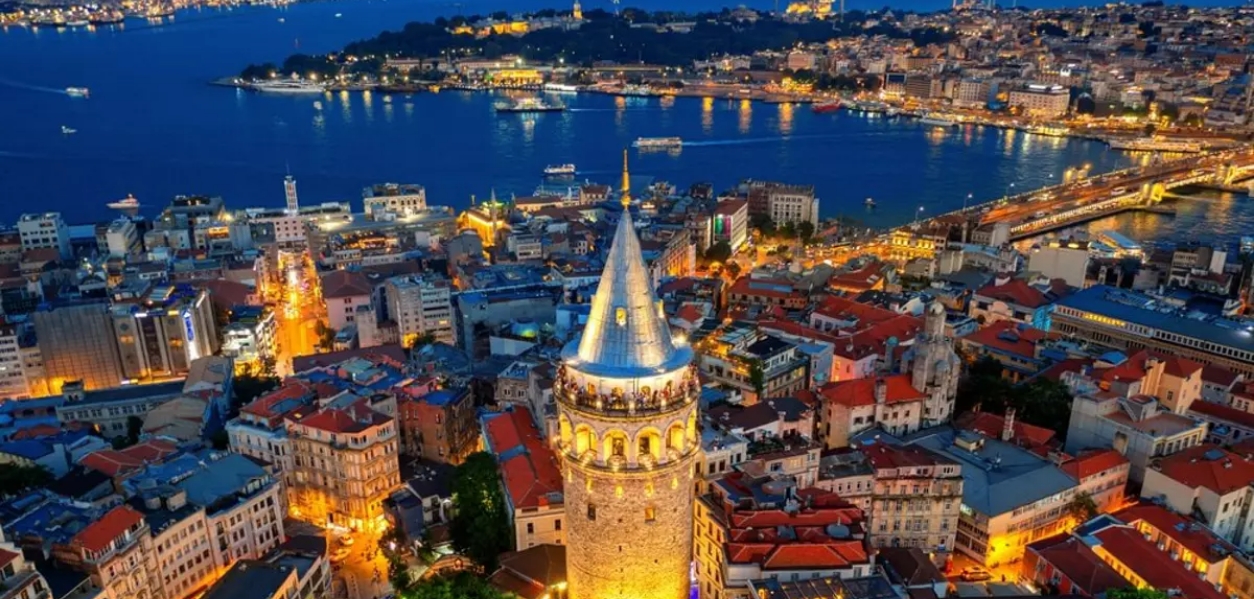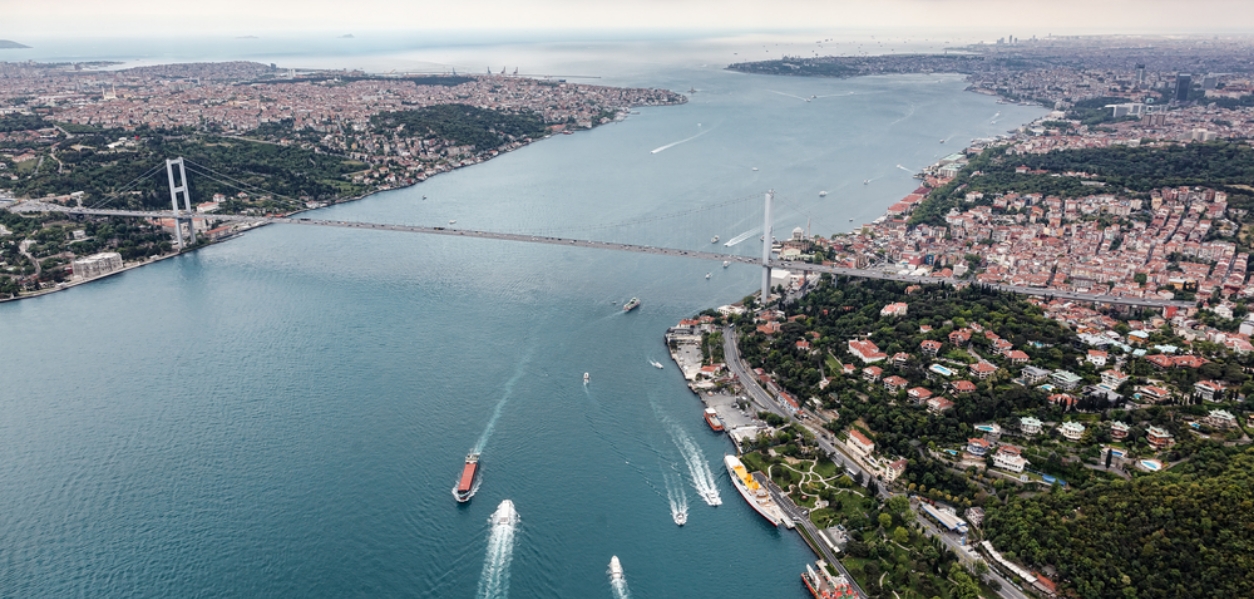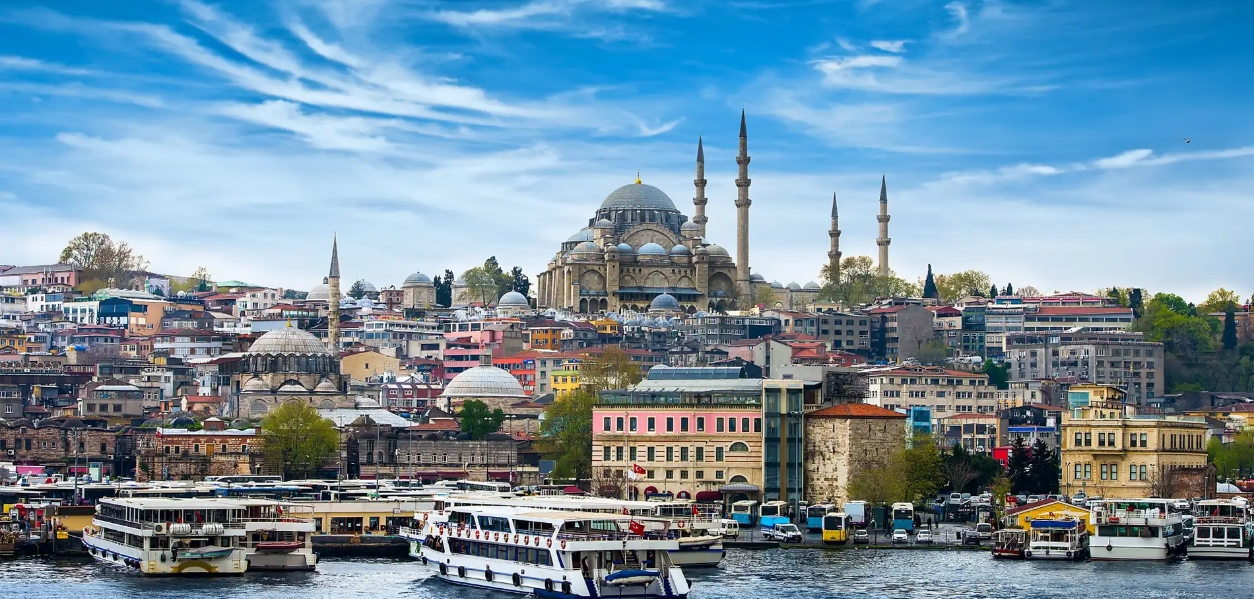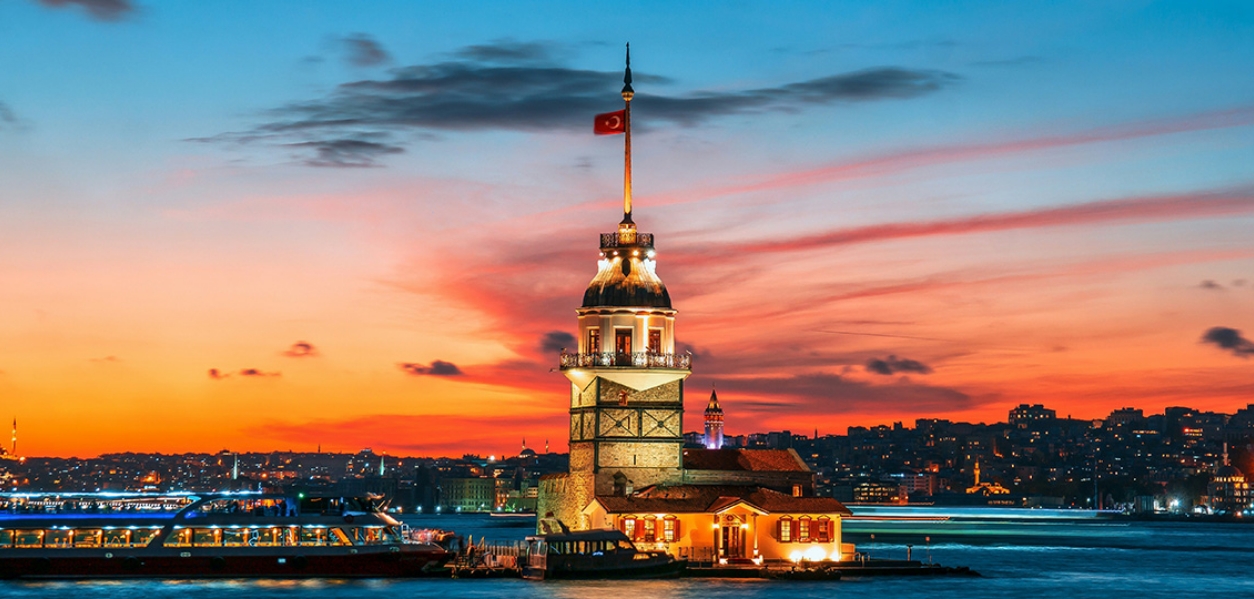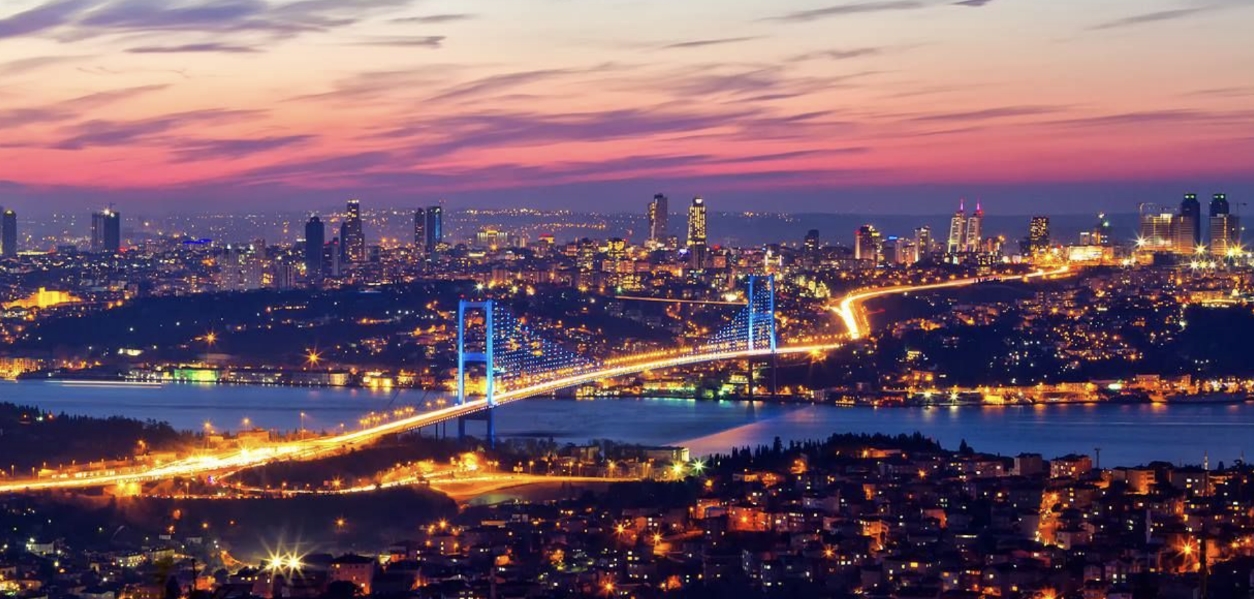The Capital City of the Three Empires: Istanbul
The archeological excavations in Yenikapı reveal that Istanbul's history dates back 8,500 years. Since the day of its foundation, Istanbul has developed under the domination of several states in history and been the center of various cultures.
Undoubtedly, the most striking feature of Istanbul's history is that it was the capital of three universal empires: Rome, Byzantine and the Ottoman Empire. In AD 4th century, the Roman Empire expanded its territory; and due to its strategic location, Istanbul was chosen as the new capital by Emperor Constantine the Great instead of Rome. The city was rebuilt for over 6 years, the city walls were expanded, temples, official buildings, palaces, baths and hippodrome were built.
It was officially announced in the year 330 that Istanbul was the capital of the Roman Empire with huge ceremonies organized. The city, which was called as Second Rome and New Rome at the beginning of the Modern Age, was later called "Byzantium" and as Constantinople in later periods. But, throughout the history, people called the city "Polis".
It is understood that the emperors after Constantine the Great continued their efforts to beautify the city. The first churches in the city were built after the era of Constantine. Due to the collapse of the Western Roman Empire in the 5th century, Istanbul has been the capital of the Eastern Roman Empire (Byzantine) for many years.
The city that was rebuilt in the Byzantine era was expanded again with city walls. The magnificent city walls that are, today, 6492 meters long were built by the Emperor Theodosius Il. The city of which population exceeded half million in the 6th century lived through another golden age under the rule of Emperor Justinian. Hagia Sophia, which survived until today, is a work of that era. The Latin rule, which was a black period from 726 to 842, began upon invasion by Crusaders of the city in 1204, as part of the Crusade IV, and the entire city including all the churches, monasteries and monuments was plundered for many years. The city, which was taken over by the Byzantines in 1261 again, could not regain its former wealth.[1] Istanbul was the capital of the Ottoman Empire for 470 years until 1923, following its conquest in 1453 by Mehmet the Conqueror. Istanbul, which became the center of science, culture and arts in the Ottoman era, became a city where mosques, synagogues and churches stood side by side with a magnificent tolerance.
The large size cannons of Mehmet the Conqueror, used for the first time in the the world war history, are an important reason for surmounting city walls of Istanbul. After the conquest, the capital of the Ottoman Empire was moved to this city, and the city population was increased with immigrants brought from different places, and the development works were started for the city that was empty and devastated. Freedom of religion and social rights were granted to the former people of the city, ensuring that they maintain their lives. One hundred years after the conquest, Turkish Art left its mark on the city and domes and minarets dominated the city skyline.
Istanbul, which first joined the Ottoman Empire on May 29, 1453, was divided into four administrative units in 1459, each of which had a different demographic structure. Istanbul, which entered the 16th century as one of the most important and big cities of the history, suffered a great damage in the earthquake of September 14, 1509, which is called Little Apocalypse. In the aftermath of this great destruction, Istanbul that was practically re-founded by Sultan Beyazıt II, by hiring 80 thousand people, continued to increase its importance in the history.
Under the rule of Suleiman the Magnificent, Istanbul, which saw addition of many valuable works between 1520 and 1566, had a city plan that remained until the present day and continued its development.
From the 16th century onwards, Istanbul which was the center of the entire Islamic world, because Ottoman Sultans bore the title of Caliph, became a capital not only for the Islamic world but also for the entire World, being home to all religions and cultures.
During the era known as Tulip Era from 1718 to 1730 under the grand vizier Damat Ibrahim Pasha of Nevşehir, the winds of change began to blow in Istanbul with the establishment of the fire department, the opening of the first printing house and the establishment of various factories. The Ottoman Empire changed its form with declaration of Constitutional Monarchy I on December 23, 1876 and Constitutional Monarchy II on July 24, 1908. With the effect of this change, the first province was established in Istanbul with a law dated 1909.
On November 3, 1839, a new era began in Istanbul with the Imperial Edict of Reorganization read and announced to the public at Gülhane Garden of Topkapı Palace.
Following the First World War, on November 13, 1918, Istanbul was occupied by the Allied Powers. Istanbul, rescued from the enemy occupation on October 6, 1923, lost its title of capital upon foundation of the Republic of Turkey on October 29, 1923. Importance of Istanbul has remained unchanged due to the fact that the capital of the Republic of Turkey was moved to Ankara, and the city that was home to different civilizations for many centuries survived until today without losing its historical and cultural importance. [2]

